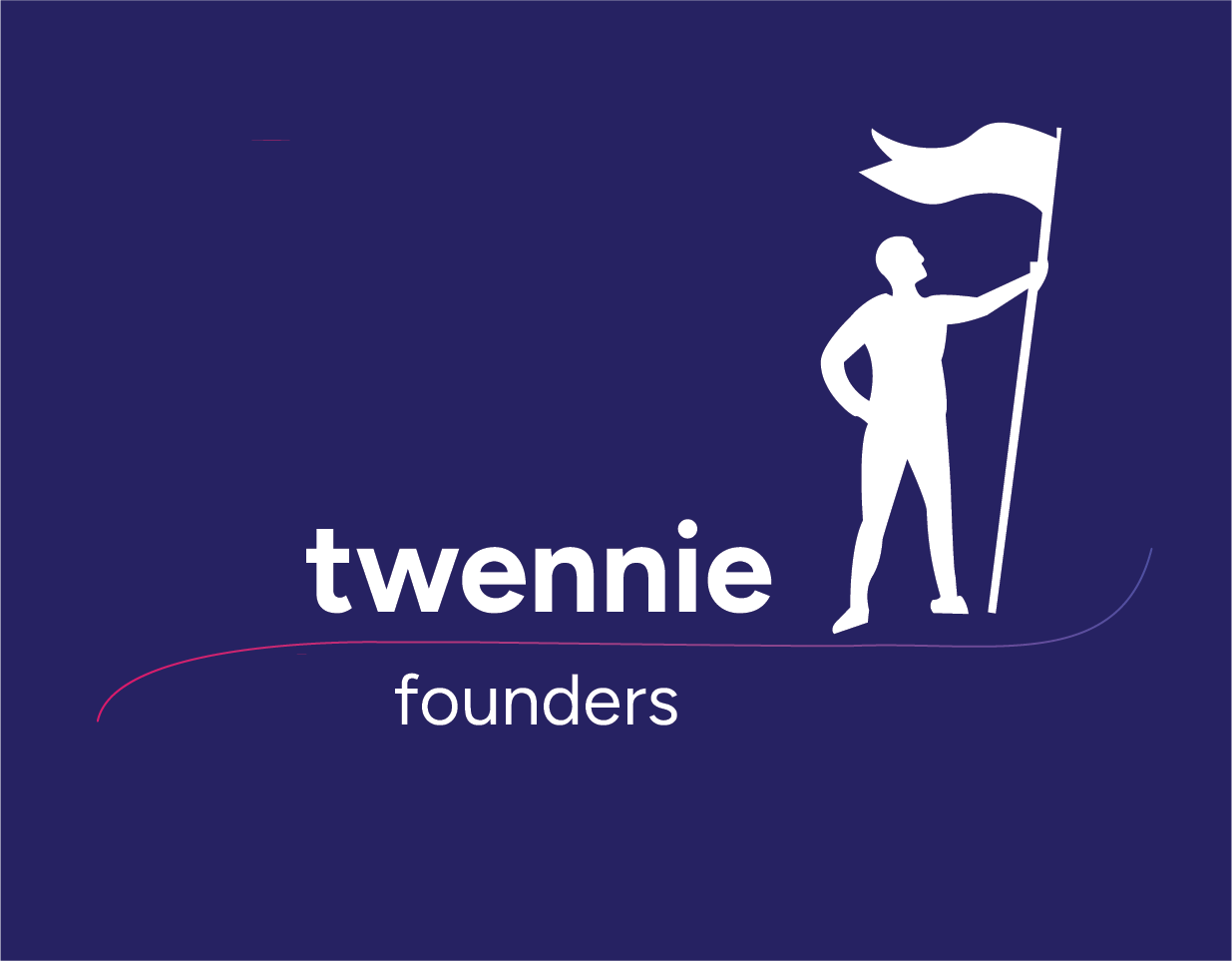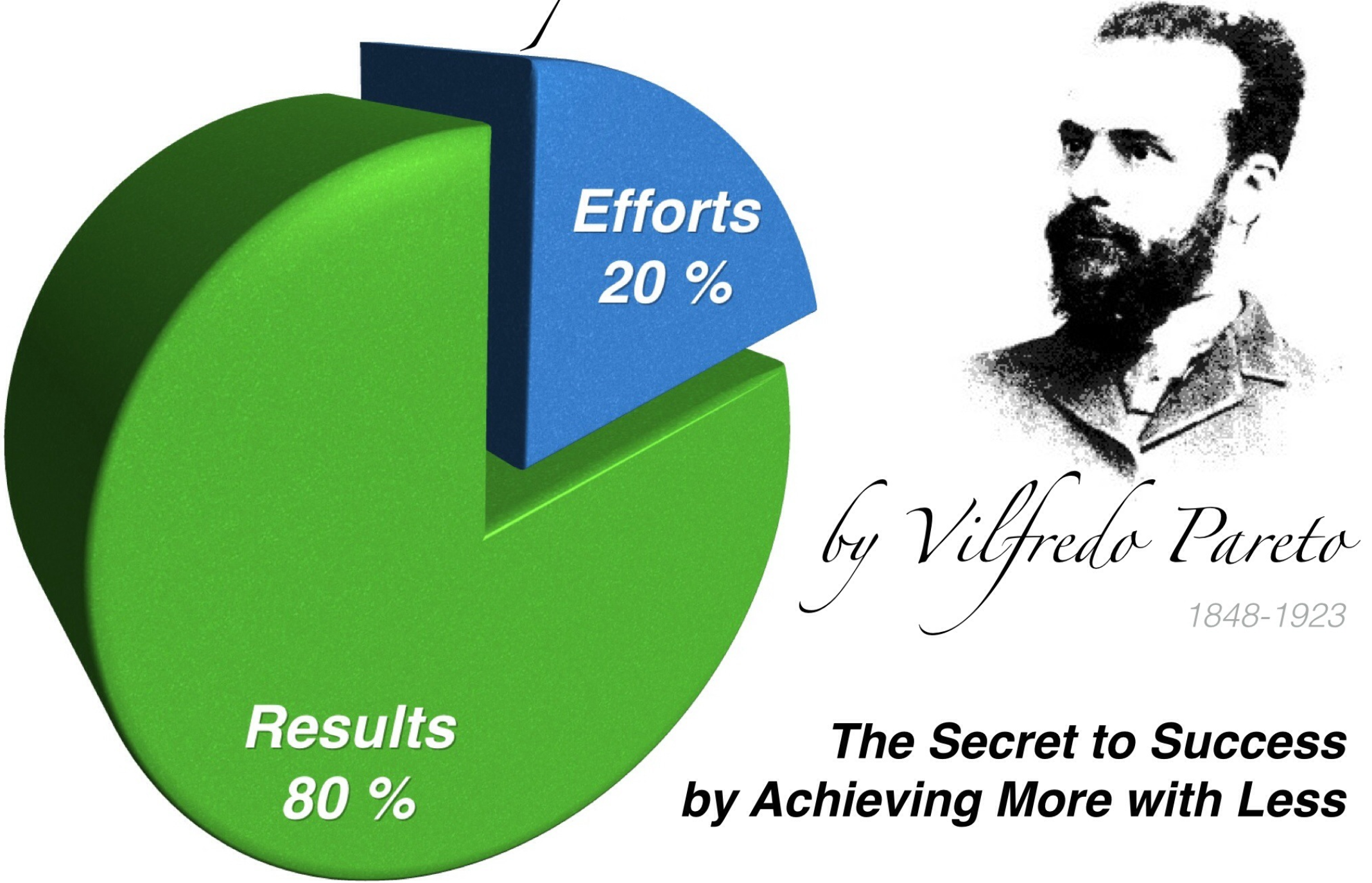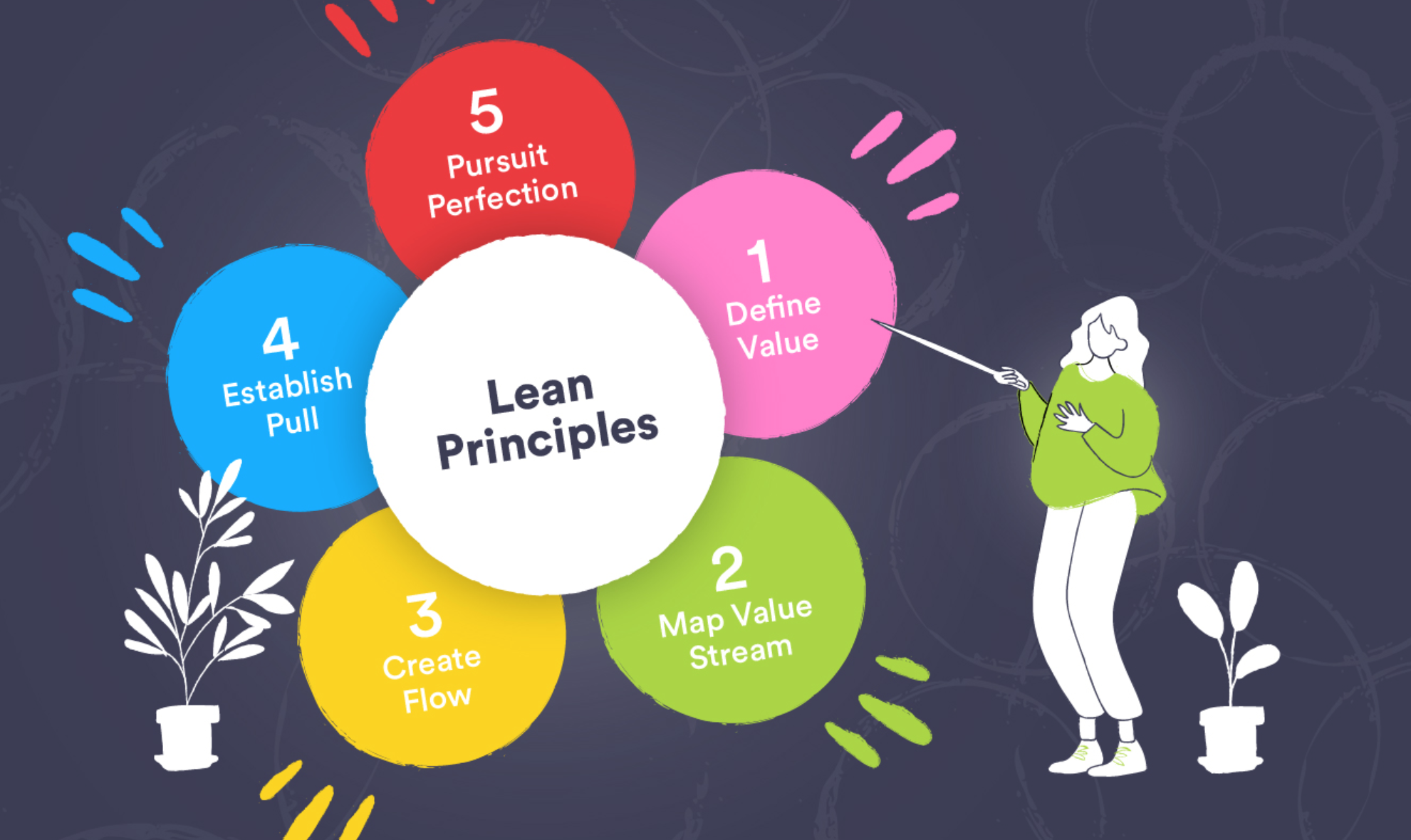latest additions to the Twennie library
this month
VIDEO: Project Management Analytics; A Look at the Numbers that Matter and Why

Project management analytics often feel overwhelming, but the numbers that matter are surprisingly straightforward. This video breaks down how everyday project decisions influence five essential financial indicators: write-offs, profit margin, utilization, revenue vs target, and multipliers. Technical professionals learn how these metrics reveal early warning signs, guide project stability, and help leaders understand performance at a glance.
ARTICLE: Storyboarding Your Way to a Better Proposal: How to Plan Before You Write

Writing the methodology section of a proposal often stalls because teams start cold and alone. Storyboarding fixes that. Borrowed from the film industry, it gives proposal teams a visual, collaborative way to map tasks, issues, objectives, and deliverables before anyone begins writing. Twennie’s Rapid Fire Methodology applies this approach to jumpstart sections in just a few hours, replacing confusion with alignment and turning writing into a frictionless final step.
VIDEO: A Dozen Ways to Occupy Your People When the Workload is Light; How to Use Missions Strategically

A Dozen Ways to Occupy People During a Light Workload reframes downtime as development time. Instead of panicking when projects slow, leaders can use this period to strengthen systems, capture lessons, and inspire creativity. The video introduces practical, ready-to-use ideas—from conducting stay interviews and client surveys to creating video profiles, manuals, and learning content on Twennie. It also shows how the When the Workload is Light topic can serve as a shared repository where teams post, assign, and track these projects.
PROMPT SET: Practice Communicating Candidly One Message at a Time

The Candid Communication in Project Management prompt set builds confidence in handling tough conversations that often stall projects or damage relationships. Through 20 practical prompts, learners practice communicating openly with clients, colleagues, contractors, and the public — tackling issues like missed deadlines, negativity, and scope disputes before they escalate.
to help you practice using clear, timely, and respectful communication — especially when the conversation is uncomfortable but necessary to move a project forward
VIDEO: Why Celebration Matters: A Look at How Noticing Makes a Team Stronger

Why Celebration Matters explores how recognition—large or small—keeps teams motivated and connected. Drawing inspiration from Tetris inventor Alexey Pajitnov’s idea that “we deserve small celebrations,” the video shows how acknowledging effort sparks pride, trust, and purpose. From quick wins and service milestones to team events and industry awards, every celebration reinforces the message that work is valued. It also distinguishes between genuine appreciation and empty praise, offering leaders simple, meaningful ways to recognize everyone’s contributions.
VIDEO: Twennie's Proofreading Super-Method

Twennie’s Proofreading Super-Method transforms proofreading from a solitary, error-prone chore into a collaborative, brain-friendly process. Instead of relying on mythical superhuman proofreaders, it structures proofreading as a scheduled, team-based session—about 30 person minutes per page. Proofreaders each focus on one content type at a time (spelling, layout, terminology, etc.) using printed or digital “proofing cards” that list company standards.
VIDEO: The Language of Urgency

Urgency shouldn’t feel like panic. In this video, you’ll learn how to use language that moves people — not just tasks — by blending clarity, empathy, and humor. We’ll unpack how tone influences speed, why heavy-handed messages cause resistance, and how to communicate deadlines that inspire cooperation instead of dread. Through real examples, you’ll see how word choice, structure, and even a touch of wit can make people act faster and feel better about the work. It’s leadership, efficiency, and humanity — all in one message.
PROMPT SET: The Language of Urgency

Deadlines dominate professional life, but urgency done wrong causes avoidance and stress. This prompt set set helps you master the language of urgency — the communication that gets things done quickly, without creating chaos. You’ll practice rewriting real workplace scenarios into messages that are clear, optimistic, supportive, and warm. Each prompt helps you sound firm but fair, blending structure with humor and empathy.
to learn the language of urgency for managing proposals and projects effectively
VIDEO: Proposal Management Fundamentals

Proposals rarely fall behind because of one big failure — they slip through a dozen small ones. This video reveals the most frequent causes of delay in proposal preparation, including missing information, unclear roles, poor communication, and lack of process. You’ll see how structured messaging, clear internal deadlines, and purposeful collaboration can keep even complex proposals running smoothly. The companion Twennie template provides sample emails, reminders, and status updates crafted to move the schedule forward while strengthening teamwork and accountability.
TEMPLATE: Proposal Management Messaging Package

This Twennie template equips proposal managers with clear, time-saving communication tools that guide every stage of a proposal’s life cycle—from kickoff to submission and wrap-up. It identifies common causes of delay such as poor communication, lack of process, and missing contributors, and provides practical messaging to prevent them. The resource includes sample emails, reminders, and tone guidance to help teams stay accountable, maintain momentum, and celebrate results.
PROMPT SET: Practicing Compassionate Assertiveness at Work

This prompt set, designed by consultant Alex O’Dell, helps you build the balance between empathy and assertiveness—one of the most essential leadership skills. Through 20 short weekly practices, you’ll learn to stay grounded under pressure, express needs respectfully, and set boundaries without guilt. Each activity invites reflection, conversation, and gentle courage so that your influence grows not from dominance, but from emotional intelligence and clarity.
to explore compassionate assertiveness, learn what it is and begin practicing it
ARTICLE: The Power of Pause: Turning Tension Into Trust in Client Conversations

In The Power of Pause, Alex O’Dell reveals how silence can be a consultant’s most persuasive tool. Technical professionals often rush to respond under pressure, but composure—expressed through calm pauses—signals confidence and respect. O’Dell introduces three strategic pauses: the Discovery Pause (to draw honest insight), the Conflict Pause (to defuse tension), and the Reflection Pause (to help clients think).
ARTICLE: From Technical Expert to Trusted Adviser: The 3 Conversations That Change Everything

In From Technical Expert to Trusted Adviser, Alex O’Dell shows that credibility in consulting isn’t earned by credentials alone—it’s built through conversation. She outlines three game-changing dialogues that transform client perception: the Context Conversation, which links technical work to strategic goals; the Challenge Conversation, which earns respect through courageous honesty; and the Continuity Conversation, which sustains trust after delivery.
ARTICLE: The Confidence Factor: Why Technical Experts Struggle to Sell Their Own Value

Many engineers, architects, and consultants struggle to “sell” their expertise because they equate confidence with arrogance. In The Confidence Factor, Alex O’Dell shows that confidence is a transferable emotion: clients borrow it from you when making decisions. Through practical examples and mindset shifts, she reveals how language, tone, and emotional calibration shape credibility; why boundaries build trust; and how consistency creates reputation.
last month
VIDEO: The Power of Purpose

When a talented employee quit, explaining she “wanted her work to mean something,” one leader set out to understand purpose in the workplace. Inspired by Dan Ariely’s Lego experiments, he replicated the study to show how visibility and acknowledgement fuel motivation. His team discovered that seeing the impact of their work—and having ownership in shaping their environment—deepened engagement and pride.
PROMPT SET: Designing a Proposal Process Poll

This prompt set is designed to be completed after watching Twennie’s Designing a Proposal Process video. It helps leaders poll their teams on which ideas and steps from the video they most want to adopt. Each question encourages reflection on practical changes—such as effort levels, go/no-go reviews, kickoff meetings, scheduling, reviews, and proofreading—to gauge how valuable each would be in their daily work. The responses will guide the leader in shaping a formalized proposal process that fits the team’s realities while embedding the best practices discussed in the video.
to poll the team on proposal best practices they believe add value and should be used regularly
EXERCISE: The Lego Purpose Exercise

The Power of Purpose exercise turns reflection into action after completing a Lego experiment on meaningful work. Teams review behaviors observed in the exercise, identify what made past projects satisfying, and sort those experiences into nine drivers—recognition, achievement, learning, impact, legacy, belonging, autonomy, fun, and creativity. For each, the template offers practical ideas to embed purpose in daily practice, from “quick-win” shout-outs to creative warm-ups.
TEMPLATE: The Lego Purpose Exercise Template

The Power of Purpose template turns reflection into action after completing Twennie’s Lego experiment on meaningful work. Teams review behaviors observed in the exercise, identify what made past projects satisfying, and sort those experiences into nine drivers—recognition, achievement, learning, impact, legacy, belonging, autonomy, fun, and creativity. For each, the template offers practical ideas to embed purpose in daily practice, from “quick-win” shout-outs to creative warm-ups.
ARTICLE: Finding Meaning in the Work We Do
In this reflective article, marketing coordinator Jiayi Chen shares her experience leading her team through Project Meaning, a Lego-based experiment demonstrating how purpose fuels motivation. The exercise revealed how visibility, recognition, and co-creation shape meaningful work. Jiayi describes how her team began celebrating impact, collecting community stories, and involving staff in shaping narratives—actions that reignited pride and engagement.
PROMPT SET: The Power of Purpose

The Power of Purpose prompt set helps participants uncover what makes work feel meaningful. The first ten prompts guide self-reflection on recognition, achievement, learning, belonging, and creative expression. The next ten translate those insights into action through small, practical activities—connecting with teammates, celebrating progress, teaching others, and making invisible work visible. Together, the reflections and experiments build awareness of how meaning fuels energy, collaboration, and performance.
to explore how work becomes meaningful through recognition, achievement, growth, impact, legacy, connection, autonomy, fun, and creative expression—and translate those insights into daily habits
ARTICLE: Adapting to a New Organizational Culture - What You Need to Know

Your first 90 days are a window to decode how work happens. Many hires stumble not on skill, but on misreading culture. Scan five dimensions: relationships (how trust and influence form), communication (formal vs. ad hoc), decision-making (where choices truly occur), individual vs. group orientation, and change readiness. Observe interactions, ask insiders, and find influencers.
VIDEO: A Story of Good Program Management

This Twennie story demonstrates program management in action—how a team leveraged early lead generation, cross-selling, strategic account planning, and proposal excellence to elevate their profile within Manitoba First Nations communities. Through disciplined pursuit, cultural respect, creative proposals, and cross-unit collaboration, they secured milestone wins including healthcare, water, and environmental projects. By coordinating across architecture, water, environmental, and marketing groups, they transformed a modest foothold into a thriving program of work.
VIDEO: Conducting Market Research 1

This video shows technical consulting teams how to build an early-stage market research engine focused on the next five to ten years. Use RSS feeds plus AI to collect, filter out procurement notices, and extract key facts (owner, budget, phase, location, timing). Add media, agency portals, trade publications, and tools like Google Alerts or Meltwater. Automate with no-code pipelines that publish concise signals to dashboards. Convert every signal into action through Twennie prompt sets. Anyone—junior engineers, proposal coordinators, or dedicated researchers—can run it.
upcoming units
VIDEO: Why Culture Isn't Just Free Snacks - Designing a More Human Workplace

Culture can’t be reduced to free snacks or ping-pong tables. In this video, we explore what truly builds a strong workplace culture: connection, purpose, inclusion, and meaningful recognition. You’ll see why surface perks may get attention but don’t drive engagement or retention. Instead, employees stay where they feel human needs are met—where their work matters, relationships are strong, and leaders care. This video offers a practical, people-first lens on culture-building, helping you rethink what makes workplaces truly attractive and sustainable for the long term.
VIDEO: Leading a Team Through a Crisis

Every leader will face moments when plans unravel and pressure mounts. Leading a Team Through a Crisis prepares you for those moments. This video explores proven strategies for maintaining stability, protecting morale, and guiding teams through uncertainty. You’ll learn how to prioritize communication, make fast but thoughtful decisions, and sustain trust when the stakes are high.
VIDEO: Making a Proposal Easy to Read, Skim, and Evaluate 2

If you found the first video in this series helpful, make sure you watch this. Michele takes the next steps in improving the raw content received from the technical contributors by editing, reorganizing, and refining the win strategy. Watch this unpersuasive and overwritten Project Understanding be transformed into a powerful introductory section of a proposal that presents this consultant as the ideal team to do the work.
VIDEO: The Pareto Principle in Practice

If 20% of your actions drive 80% of your outcomes, why does your calendar still look like 100%? This practical session shows you how to operationalize the Pareto Principle in real work—proposals, marketing, BD, and team ops. You’ll learn to define the outcome that matters, map your workflow, run a quick “Pareto scan” to find high-leverage tasks, and build a simple scoreboard that keeps the vital few front and center. We’ll create a not-to-do list, set up a weekly “Pareto sprint,” and use lightweight metrics to prove what’s working.
VIDEO: 30-Day Systems Approach - Planning

This series is designed for technical services business units. Over 30 days, leaders and their teams first investigate performance issues by answering daily diagnostic questions, benchmarking results, and categorizing metrics into red, yellow, and green. Leaders then prioritize “easy-to-fix” items to create quick wins and establish a culture of improvement. At the planning stage, you will plan corrective measures for the coming quarter.
VIDEO: Making a Proposal Easy to Read, Skim, and Evaluate 3

This is the third video in this series. We get to watch as Michele finishes the Project Understanding piece and applies branding standards using a proposal template. Summaries make the proposal easier to evaluate, with helpful graphics, callouts, and descriptive headings. We watch as the final product takes shape, bringing together all the resources obtained through a less than perfect lead up to submission. This video provides valuable insight into making proposal magic happen even when time is short and the team can't devote the ideal level of commitment.
VIDEO: Interviewing a Client More Strategically

Most client interviews stay surface-level, covering only what’s obvious. Interviewing a Client More Strategically flips that script. This upcoming video gives you practical tools for steering conversations toward insight rather than information, helping you uncover what clients truly value, what drives their decisions, and what risks they worry about most. With sharper listening and intentional questioning, you’ll position your firm as indispensable rather than interchangeable.
VIDEO: Making a Proposal Easy to Read, Skim, and Evaluate 4 - Strategies for AI-Assisted Evaluations

In this important and timely video, you’ll learn how to mirror the buyer’s rubric in your headings, write two-sentence section summaries, build a one-page compliance matrix, place evidence beside claims, design machine-readable tables, and avoid layout traps that confuse algorithms. We’ll finish with an in-house AI pre-flight checklist you can run before submission. Make it easier to find, verify, and score what matters. For teams competing in technical services today.
VIDEO: Using Lean in Project Management

Lean project management applies principles of efficiency and value creation to every stage of a project. Instead of layering on complexity, lean practices simplify workflows, eliminate waste, and improve communication between disciplines. This upcoming video explores how lean thinking empowers teams to deliver faster while maintaining quality and adaptability. You’ll see how tools like value stream mapping and incremental improvements create projects that are both efficient and resilient. Whether you’re tackling client deadlines or internal initiatives, lean project management helps you focus on what truly matters.
VIDEO: Turning a Project into a Business Development Powerhouse

Every major project your firm takes on has more potential than the final deliverable or the project sheet. A high-profile project can showcase expertise, build trust, and open doors to future work—if you leverage it strategically, and you don't have to wait until the project is finished to start. This upcoming video explores how to turn day-to-day project activity into business development momentum, from capturing insights to creating shareable success stories. Instead of waiting for marketing teams to “package” the results, you’ll learn to highlight your project’s value in real time and make it a business development powerhouse.
VIDEO: 9 Soft Skills to Accelerate Your Career

Soft skills are the hidden accelerators of success in technical environments. In this video, you’ll explore nine essential skills—from communication and emotional intelligence to adaptability and leadership—that elevate your professional impact. Whether you’re managing projects, mentoring others, or preparing for advancement, these skills determine how far your technical expertise can take you.
VIDEO: Twennie's 20 Rules of Storytelling

Storytelling isn’t just for novels or movies—it’s a critical skill in technical services. In Twennie’s 20 Rules of Storytelling, we explore the essentials of building powerful narratives: creating clear structure, keeping the stakes high, surprising your audience with unpredictability, and weaving in emotional resonance. These rules aren’t abstract; they’re practical tools to strengthen proposals, presentations, and workplace communication.
EXERCISE: Turning a Project into a Business Development Powerhouse

Big projects carry hidden business development potential—if you know how to uncover it. This exercise pushes you beyond routine project delivery, guiding you step by step to identify promotional angles, client-relationship touch points, and reputational wins embedded in your work. You’ll practice re-framing day-to-day tasks as opportunities to enhance visibility, strengthen client confidence, and build a stronger market profile. By completing this activity, you’ll see firsthand how your projects can be more than deliverables—they can become engines for positioning your team and firm for future success.
VIDEO: 3 Models for Annual Strategic Planning

Strategic planning includes analyzing past performance, reviewing market intelligence, and charting a course of growth for the coming year or years. It is essential to brand-building, evolution, and expanding a firm's reach with the client community. It goes beyond a SWOT analysis - real strategic planning covers your full inward and outward operational paradigm. These templates and exercises give you three possible methods of conducting this essential exercise.
TEMPLATE: Turning a Project into a Business Development Powerhouse

Don’t let your project files gather dust once delivery is complete. This template provides a structured way to record the stories, achievements, and key differentiators in your projects while they’re still unfolding. Use it to gather data, testimonials, visuals, and lessons that can be transformed into proposals, presentations, and client conversations. By using this tool regularly, you’ll build a library of business development assets tied directly to your project work, making each assignment a springboard for reputation, relationship-building, and new opportunities.
VIDEO: Acts of Kindness in the Workplace

Kindness isn’t just nice—it’s powerful. In Acts of Kindness in the Workplace, you’ll learn how empathy and generosity create stronger teams, reduce tension, and elevate overall performance. Through real examples and reflection prompts, Twennie explores how micro-moments of care—like gratitude, encouragement, and active listening—can build trust and shape positive work cultures.
PROMPT SET: How is Work Really Going - An Employee Self-Check

Day-to-day work can blur together, leaving little space to stop and ask yourself: how is this really going? This self-check prompt set guides you through honest reflection on your workload, priorities, energy, and satisfaction. By carving out just a few minutes, you’ll uncover whether you’re moving in the right direction, notice early signs of burnout or misalignment, and rediscover motivation. These prompts aren’t about blame—they’re about clarity. Use them to check your bearings, celebrate wins, and identify what needs adjusting before challenges build up.
PROMPT SET: Turning a Project into a Business Development Powerhouse

Cross-functional discussions and leadership meetings often call for “more business development,” but rarely provide the how. This Twennie prompt set closes that gap with five categories of repeatable activities designed to weave business development into everyday project work. From quick client debriefs to storytelling exchanges across teams, these prompts help you continually build visibility, trust, and connection while managing projects. They’re small enough to act on weekly, yet powerful enough to reshape how your projects fuel growth. Over time, they pack down the path between delivery and development.
VIDEO: Creating and Leading a High Performance Team

Great teams don’t just happen—they’re built with purpose. In Creating and Leading a High Performance Team, you’ll uncover what separates good teams from great ones. Twennie walks you through practical leadership tools that enhance communication, accountability, and shared vision. You’ll learn to set clear expectations, manage energy instead of time, and foster a culture of excellence without burnout.
PROMPT SET: Belonging at Work - A Team Pulse Check

Belonging is the sense that you’re truly valued, seen, and connected at work. This pulse check prompt set helps teams explore where belonging thrives and where it’s missing. Through short, practical exercises, you’ll identify hidden dynamics and spark conversations that reveal how connected people feel to the team. Use these prompts to uncover strengths worth celebrating and opportunities for improvement. Belonging isn’t a “soft” measure—it’s a foundation for engagement, performance, and retention. This set gives you a starting point for real, actionable dialogue.
